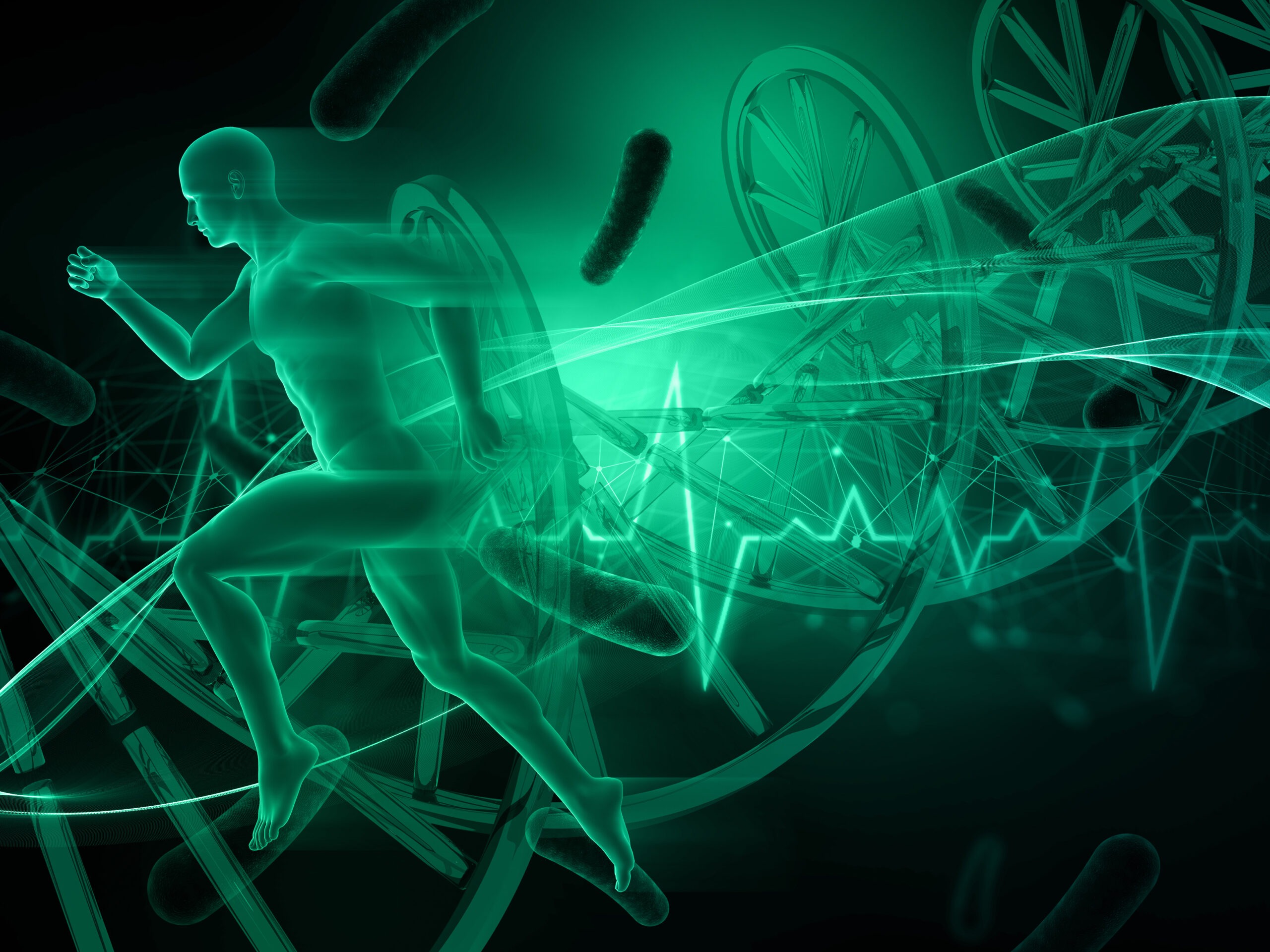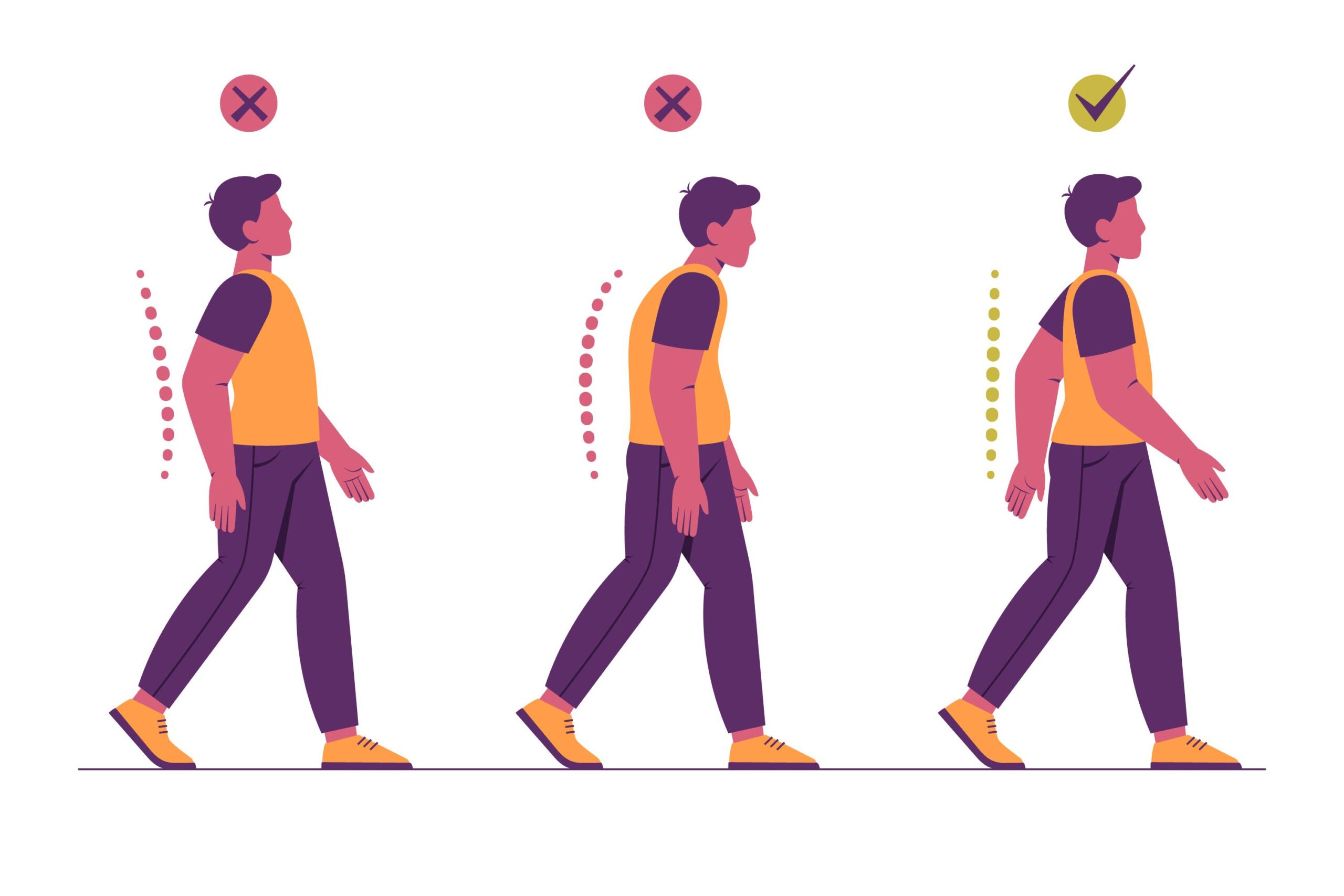The ability to function independently in various settings such as home, work, community, and leisure activities relies on both physical and psychological well-being. Physical function encompasses several interconnected areas, each with its own characteristics:
- Balance: Maintaining body alignment against gravity to prevent falling and moving the body in equilibrium using sensory and motor systems.
- Cardiopulmonary fitness: The capability to perform prolonged, low-intensity activities like walking or cycling, also known as endurance.
- Coordination: Proper timing and sequence of muscle activation for smooth and accurate movement.
- Flexibility: The freedom of movement without restrictions, often used interchangeably with mobility.
- Mobility: The ability of body structures to move for functional activities, which relies on both passive tissue flexibility and active neuromuscular activation.
- Muscle performance: The capacity of muscles to generate tension and perform physical work, including strength, power, and endurance.
- Neuromuscular control: The interaction between sensory and motor systems for coordinated movement in response to proprioceptive and kinesthetic information.
- Postural control and stability: Maintaining body position during static or dynamic activities, with joint stability ensuring proper alignment through passive and dynamic components.
These aspects of physical function are influenced by various forces and stresses, such as gravity and routine physical activities. While appropriate forces maintain strength, fitness, and mobility, excessive ones can lead to injuries or chronic conditions. Prolonged inactivity, like bed rest, can weaken muscles and bones and decrease circulatory and pulmonary efficiency.
Any impairment in these body systems or physical functions can result in functional limitations and disability. Therapeutic exercise interventions aim to reduce impairments and improve function by applying controlled and progressive physical stresses to impaired body systems, tissues, or structures.
References :
- American College of Sports Medicine: ACSM’s Guidelines for Exercise Testing and Prescription, ed. 6. Lippincott Williams & Wilkins, Philadelphia, 2000.
- American Physical Therapy Association: Guide to Physical Therapist Practice, ed. 2. Phys Ther 81:9–744, 2001.
- Baker, SM, et al: Patient participation in physical therapy goal setting. Phys Ther 81:1118, 2001.
- Basmajian, J (ed) Physical Rehabilitation Outcome Measures. Canadian Physiotherapy Association in cooperation with Health and Welfare Canada and Canada Communications Group, Toronto,
- Beattie, P: Evidence-based practice in outpatient orthopedic physical therapy: using research findings to assist clinical decision making. Orthop Phys Ther Pract 16:27–29, 2004.
- Beattie, PF, Pinto, MB, Nelson, MK, et al: Patient satisfaction with outpatient physical therapy: instrument validation. Phys Ther 82:557–565, 2002.
- Beattie, P, Turner, C, Donda, M, et al: MedRisk instrument for measuring patient satisfaction with physical therapy care: a psychometric J Orthop Sports Phys Ther 35:24–32, 2005.
- Bloomfield, SA: Changes in musculoskeletal structure and function with prolonged bed rest. Med Sci Sports Exerc 29:197–206, 1997.
- Boissonnault, WG: Prevalence of comorbid conditions: surgeries an medication use in a physical therapy outpatient population: a multicentered study. J Orthop Sports Phys Ther 29:506–519, 1999.
- Boissonnault, WG: Differential diagnosis: taking a step back before stepping forward. PT Magazine Phys Ther 8:46, 2000.
- Boissonnault, WG: Patient health history including identification of health risk factors. In Boissonnault, WG: Primary Care for the Physical Therapist: Examination and Triage. Elsevier Saunders, St. Louis, 2005, pp 55–65.
- Boissonnault, WG: Review of systems. In Boissonnault WG (ed) Primary Care for the Physical Therapist: Examination and Triage. Elsevier Saunders, St. Louis, 2005, pp 87–104.
- Boissonnault, WG, Badke, MB: Collecting health history information: the accuracy of a patient self-administered questionnaire in an orthopedic outpatient setting. Phys Ther 85:531–543, 2005.
- Brandt, EN Jr, Pope, AM (eds) Enabling America: Assesing the Role of Rehabilitation Science and Engineering. Institute of Medicine, National Academy Press, Washington, DC, 1997, p 62.
- Charness, AL: Outcomes measurement: intervention versus outcomes. In Cirullo, JA (ed) Orthop Phys Ther Clin North Am 3:147,
- Chase, L, et al: Perceptions of physical therapists toward patient education. In Shepard, KF, Jensen, GM (eds) Handbook of Teaching for Physical Therapists. Butterworth Heinemann, Boston, 1997, p 225.
- Childs, JD, Cleland, JA: Development and application of clinical prediction rules to improve decision making in physical therapist practice. Phys Ther 86(1):122–131, 2006.
- Cormack, JC: Evidence-based practice….What it is and how to do it? J Orthop Sports Phys Ther 32:484–487, 2002.
- Cress, ME, et al: Functional training: muscle structure, function and performance in older women. J Orthop Sports Phys Ther 24:4,
- Croakin, E: Osteopenia: implications for physical therapists managing patients of all ages. PT Magazine Phys Ther 9:80, 2001.
- Dahl, TH: International classification of functioning, disability and health: an introduction and discussion of its potential impact on rehabilitation services and research. J Rehabil Med 34:201–204, 2002.
- Dalton, D: The Guide to Physical Therapist Practice: incorporating preferred practice patterns into orthopedic practice. Orthop Phys Ther Pract 11:15, 1999.
- Davis, CM: Model for teaching physical therapy diagnosis at the post entry level. J Phys Ther Educ 9:54, 1995.
- Dekker, J, et al: Diagnosis and treatment in physical therapy: an investigation of their relationship. Phys Ther 73:568, 1993.
- DeLitto, A, Snyder-Mackler, L: The diagnostic process: examples in orthopedic physical therapy. Phys Ther 75:203, 1995.
- Dennis, JK, McKeough, DM: Mobility. In May, BJ (ed) Home Health and Rehabilitation: Concepts of Care, ed 2. FA Davis, Philadelphia, 1999, p 109.
- Edwards, I, Jones, M, Carr, J, et al: Clinical reasoning strategies in physical therapy. Phys Ther 84:312–330, 2004.
- Embrey, DG, et al: Clinical decision making by experienced and inexperienced pediatric physical therapists for children with diplegic cerebral palsy. Phys Ther 76:20, 1996.
- Fitts, PM, Posner, MI: Human Performance. Brooks/Cole, Belmont, CA, 1967.
- Francis, KT: Status of the year 2000 health goals for physical activity and fitness. Phys Ther 79:405, 1999.
- Friedrich, M, Cernak, T, Maderbacher, P: The effect of brochure use versus therapist teaching on patients’ performing therapeutic exercise and on changes in impairment status. Phys Ther 76:1082,
- Fritz, JM, Wainner, RS: Examining diagnostic tests and evidence based perspective. Phys Ther 81:1546–1564, 2001.
- Fritz, JM: Evidence-based examination of diagnostic information. In Boissonnault WG (ed) Primary Care for the Physical Therapist: Examination and Triage. Elsevier Saunders, St. Louis, 2005, pp 18–25.
- Gahimer, JE, Domboldt, E: Amount of patient education in physical therapy practice and perceived effects. Phys Ther 76:1089, 1996.
- Gentile, AM: Skill acquisition: action, movement, and neuromotor In Carr, J, Shepherd, R (eds) Movement Science: Foundations for Physical Therapy in Rehabilitation. Aspen Publishers, Gaithersburg, MD, 2000, pp 111–187.
- Giallonardo, L: The Guide to Physical Therapist Practice: an overview for the orthopedic physical therapist. Orthop Phys Ther Pract 10:10,
- Goldstein, TS: Functional Rehabilitation in Orthopaedics. Aspen Publishers, Gaithersburg, MD, 1995.
- Goodman, CC, Snyder, TEK: Differential Diagnosis in Physical Therapy, ed 3. WB Saunders, Philadelphia, 2000.
- Guccione, A: Arthritis and the process of disablement. Phys Ther 74:408, 1994.
- Guccione, A: Physical therapy diagnosis and the relationship between impairment and function. Phys Ther 71:449, 1991.
- Guccione, AA, Mielenz, TJ, DeVellis, RF, et al: Development and testing of a self-report instrument to measure actions: Outpatient Physical Therapy Improvement in Movement Assessment Log (OPTIMAL). Phys Ther 85:515–530, 2005.
- Hack, LM: History, purpose and structure of part two: preferred practice patterns. PT Magazine Phys Ther 6:72, 1998.
- Hardman, AE: Physical activity and health: current issues and
research needs. Int J Epidemiol 30(5):1193–1197, 2001 patient is a 55-year-old computer analyst who had a
(L) total knee arthroplasty 10 days ago. You have completed your examination and evaluation. 01Kisner (F)-01 3/9/07 12:53 PM Page 34
CHAPTER 1 Therapeutic Exercise: Foundational Concepts 35 - Harris, BA, Dyrek, DA: A model of orthopedic dysfunction for clinical decision making in physical therapy practice. Phys Ther 69:548,
- Harris, BA: Building documentation using a clinical decision making In Stewart, DL, Abeln, SH (eds) Documenting Functional Outcomes in Physical Therapy. Mosby-Year Book, St. Louis, 1993, p 81.
- Hart, DL, Geril, AC, Pfohl, RL: Outcomes process in daily practice. PT Magazine Phys Ther 5:68, 1997.
- Heerkens, YF, et al: Impairments and disabilities—the difference: proposal for the adjustment of the International Classification of Impairments, Disabilities and Handicaps. Phys Ther 74:430, 1994.
- Herman, KM, Reese, CS: Relationship among selected measures of impairment, functional limitation and disability in patients with cervical spine disorders. Phys Ther 81:903, 2001.
- Hicks, GE, Fritz, JM, et al: Preliminary development of a clinical prediction rule for determining which patients with low back pain will respond to a stabilization exercise program. Arch Phys Med Rehabil
86:1753–1762, 2005. - Hodges, PW: Motor control. In Kolt, GS, Snyder-Mackler, L (eds)
Physical Therapies in Sport and Exercise. Churchill Livingstone,
Edinburgh, 2003, pp 107–142.




